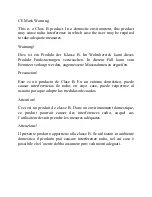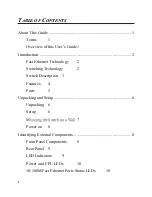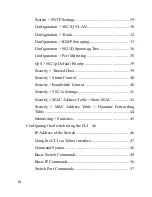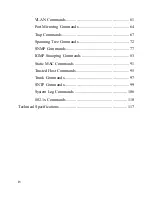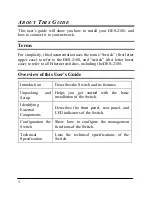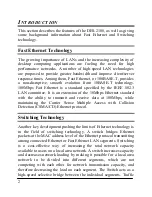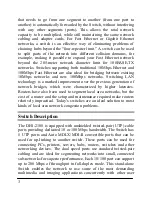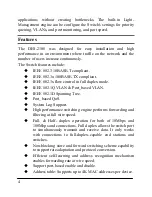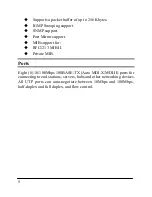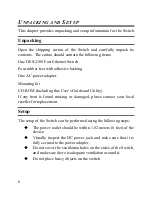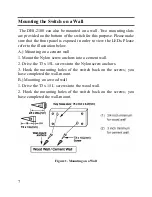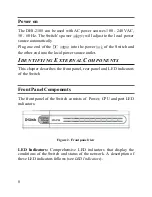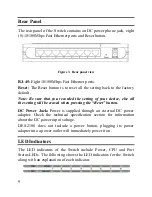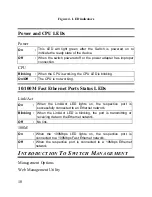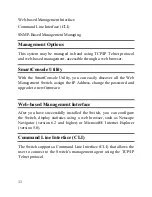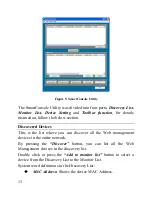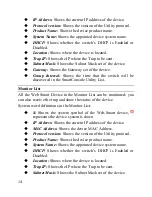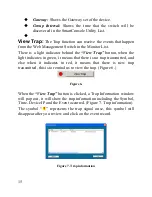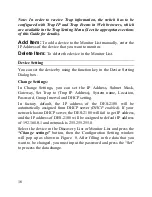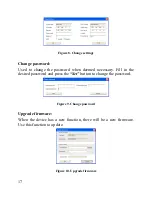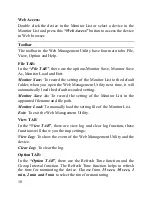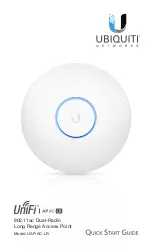
3
that needs to go from one segment to another (from one port to
another) is automatically forwarded by the Switch, without interfering
with any other segments (ports). This allows the total network
capacity to be multiplied, while still maintaining the same network
cabling and adapter cards. For Fast Ethernet or Gigabit Ethernet
networks, a switch is an effective way of eliminating problems of
chaining hubs beyond the "four-repeater limit." A switch can be used
to split parts of the network into different collision domains, for
example, making it possible to expand your Fast Ethernet network
beyond the 205-meter network diameter limit for 100BASE-TX
networks. Switches supporting both traditional 10Mbps Ethernet and
100Mbps Fast Ethernet are also ideal for bridging between existing
10Mbps networks and new 100Mbps networks. Switching LAN
technology is a marked improvement over the previous generation of
network bridges, which were characterized by higher latencies.
Routers have also been used to segment local area networks, but the
cost of a router and the setup and maintenance required make routers
relatively impractical. Today's switches are an ideal solution to most
kinds of local area network congestion problems.
Switch Description
The DES-2108 is equipped with unshielded twisted-pair (UTP) cable
ports providing dedicated 10 or 100 Mbps bandwidth. The Switch has
8 UTP ports and Auto MDI-X/MDI-II convertible ports that can be
used for up-linking to another switch. These ports can be used for
connecting PCs, printers, servers, hubs, routers, switches and other
networking devices. The dual speed ports use standard twisted-pair
cabling and are ideal for segmenting networks into small, connected
sub-networks for superior performance. Each 10/100 port can support
up to 200 Mbps of throughput in full-duplex mode. This stand-alone
Switch enables the network to use some of the most demanding
multimedia and imaging applications concurrently with other user


